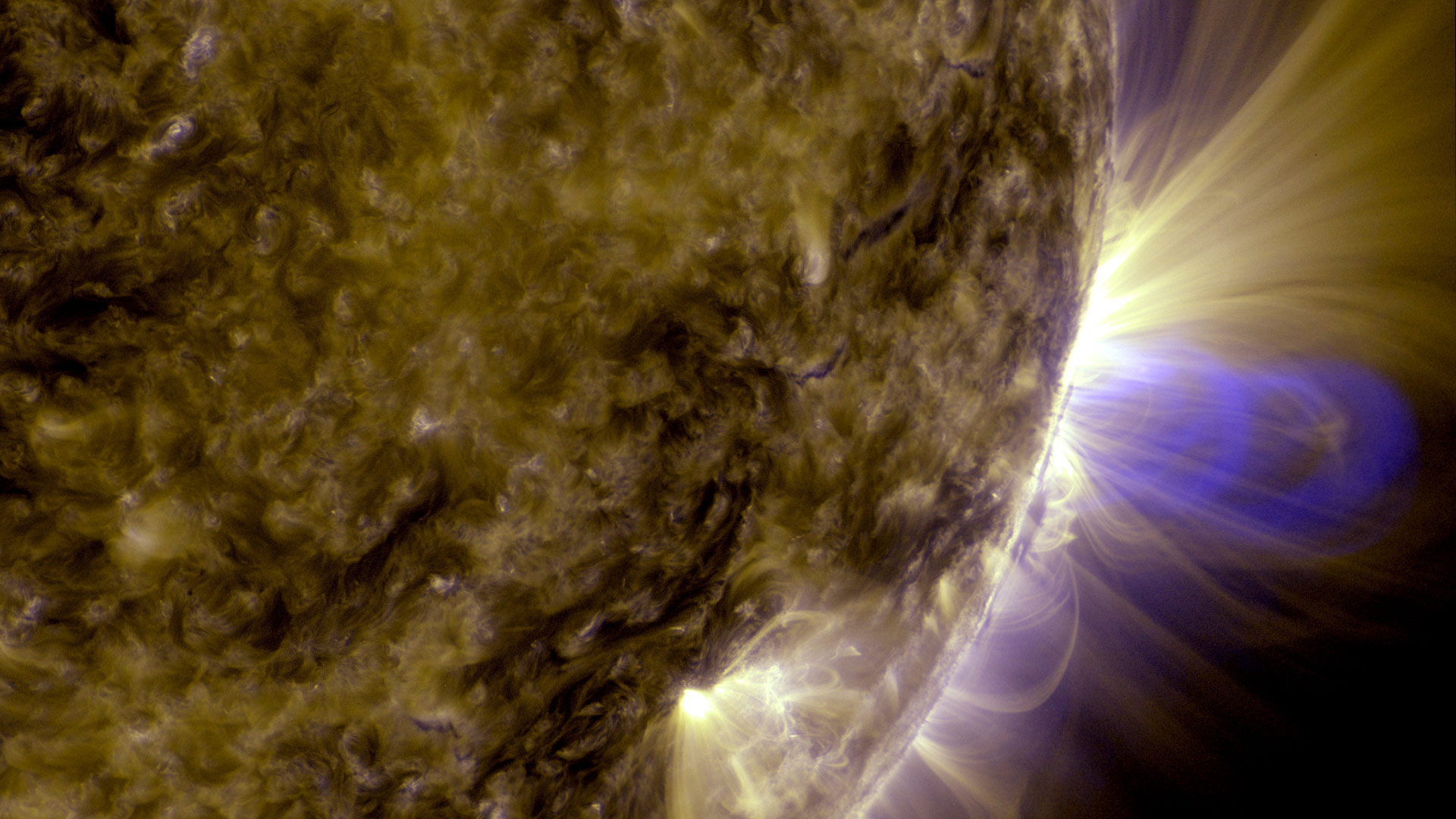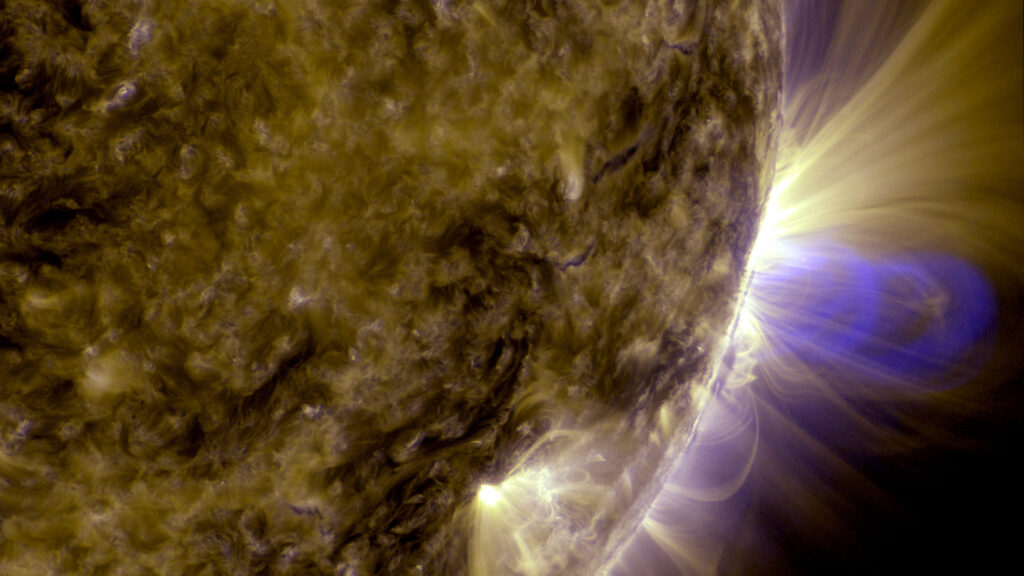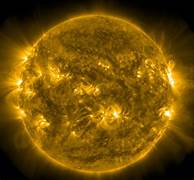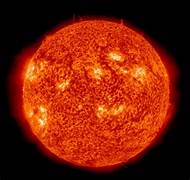
THE SUN MAGNETIC POLES FIELD IS FLIP IN 2024. WHAT IMPACT OCCURS ON EARTH MAGNETIC FIELDS? ARE YOU CURIOUS ABOUT THIS?

In a startling cosmic spectacle anticipated by astronomers worldwide, the Sun magnetic poles is poised to undergo a momentous transformation as it prepares to flip its magnetic poles this year. This phenomenon, known as solar magnetic reversal, occurs roughly every 11 years, but the upcoming event carries significant intrigue and scientific curiosity due to its potential implications for space weather and Earth’s magnetic field.
At the core of this celestial spectacle lies the Sun’s dynamic and complex magnetic field. Like a colossal magnetic dynamo, the Sun’s inner workings generate magnetic fields that extend throughout its outer layers, shaping the behavior of its surface features, such as sunspots, flares, and coronal loops. These Sun magnetic poles fields play a crucial role in driving solar activity and influencing space weather phenomena that can impact satellites, communication systems, and even power grids on Earth.
THE SUN MAGNETIC POLES FIELD IS FLIP IN 2024.
The impending Sun magnetic poles reversal signifies a profound shift in the Sun’s magnetic dynamo processes. As the Sun progresses through its 11-year solar cycle, the magnetic field gradually weakens, becomes more disordered, and eventually undergoes a complete reversal, with the north and south magnetic poles exchanging places. This process heralds the peak of solar activity, marked by heightened sunspot numbers, solar flares, and coronal mass ejections.


Scientists closely monitor these solar cycles and magnetic field reversals to better understand the Sun’s internal dynamics and its influence on space weather. The upcoming reversal offers a unique opportunity to study the underlying mechanisms driving these phenomena and refine predictive models for solar activity.
Moreover, the repercussions of Sun magnetic poles reversal extend beyond the confines of our solar system. The fluctuating solar magnetic field interacts with cosmic rays, galactic cosmic rays, and interstellar magnetic fields, shaping the heliosphere—the vast region of space dominated by the Sun’s influence. Understanding these interactions is crucial for assessing the cosmic radiation environment that astronauts face during space missions and for comprehending the broader astrophysical processes at play in our galaxy.
On Earth, the consequences of solar magnetic reversal are multifaceted. While the reversal itself does not pose direct harm, the heightened solar activity associated with the solar cycle’s peak can impact terrestrial technologies and infrastructure. Solar storms and coronal mass ejections can induce geomagnetic disturbances, leading to power grid fluctuations, satellite malfunctions, and disruptions in radio communications.
As the Sun magnetic poles flipping journey, scientists worldwide are poised to observe and analyze this cosmic spectacle with a blend of excitement and apprehension. Through meticulous observation and advanced computational models, researchers aim to unravel the mysteries of solar magnetism, enhance space weather forecasting capabilities, and safeguard our technological civilization against the unpredictable forces of our dynamic star.


